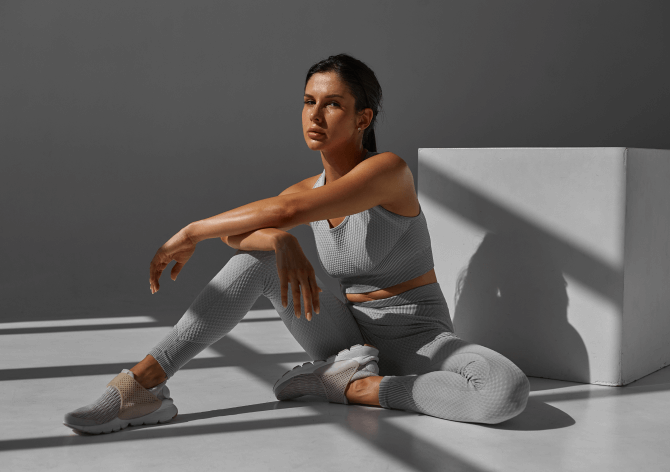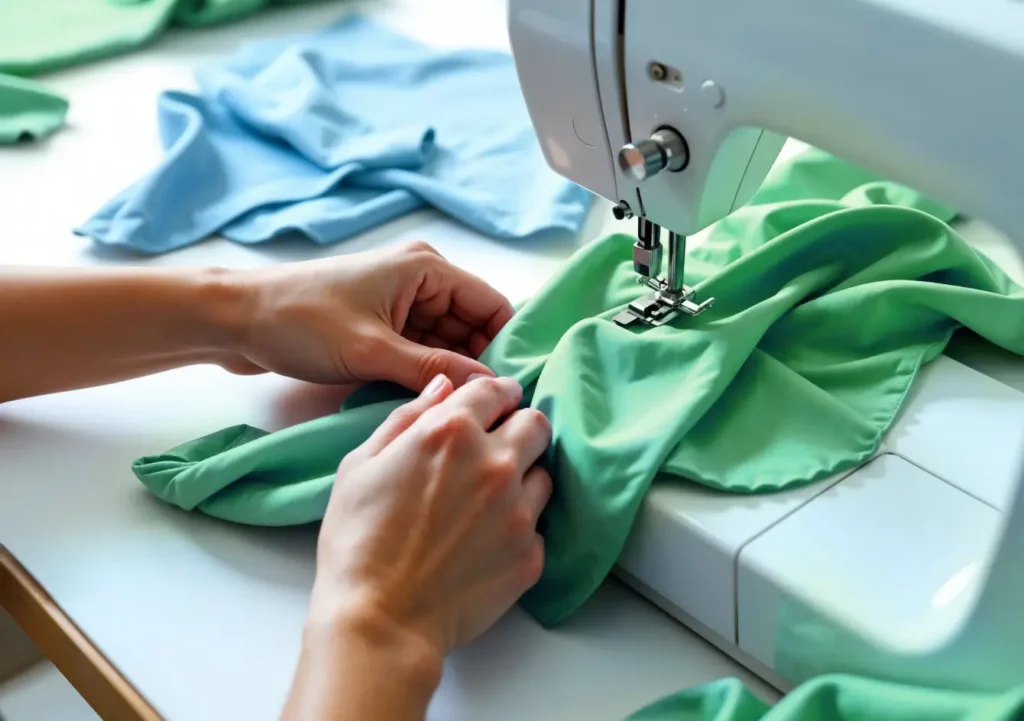What are the main steps in the clothing manufacturing process?
The clothing manufacturing process includes three main stages: pre-production (design and fabric approval), production (cutting, sewing, assembly), and post-production (finishing, quality checks, and packaging). Each stage ensures garments are made efficiently and meet high-quality standards.
What is the role of technology in modern clothing manufacturing?
Technology streamlines the process with tools like CAD for digital patterns, automated cutting machines, and AI-powered quality checks. It enhances speed, precision, and sustainability, making clothing production more efficient.
What is the difference between CMT and FPP garment production methods?
CMT (Cut, Make, Trim) focuses on cutting and sewing with brands providing raw materials. FPP (Full Production Package) handles the entire process, from sourcing fabric to delivering the finished product, making it ideal for large-scale manufacturing.
How are fabrics selected for garment production?
Fabrics are chosen based on the garment’s purpose, considering weight, texture, and breathability. Sustainable options like organic cotton and recycled polyester are gaining popularity for eco-friendly production.
What is a garment manufacturing process flow chart?
A garment manufacturing flow chart is a step-by-step guide outlining the stages of production, including design, fabric cutting, sewing, and finishing. It helps ensure efficiency, consistency, and quality in the manufacturing process.




